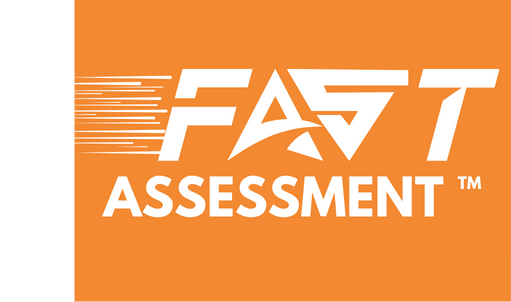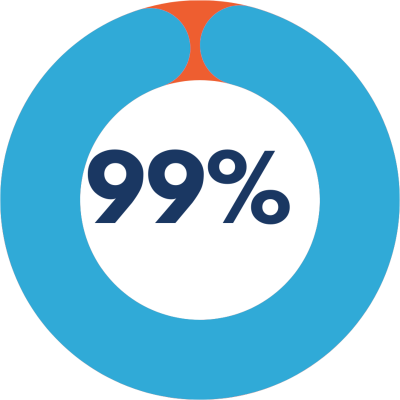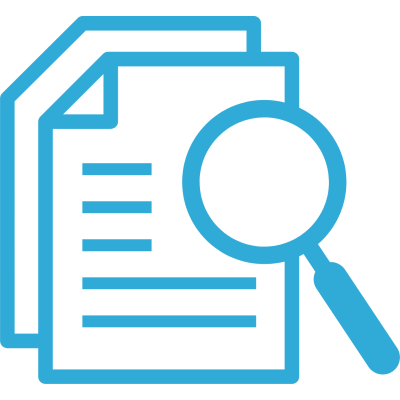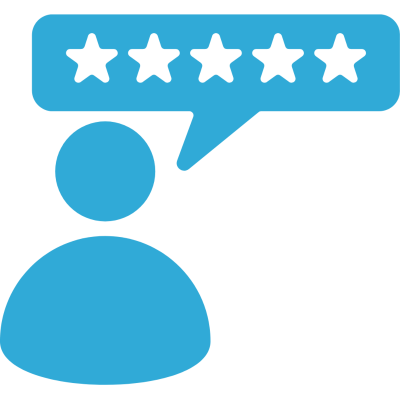What’s in a People Plan?
If you’re serious about building the business of your dreams, you can’t just “figure it out as you go” when it comes to your team. Your people are everything. The success of your business depends on having the right people in the right roles—at the right time. That’s why you need a People Plan.
A People Plan is more than a list of jobs to fill. It’s a clear, step-by-step plan that shows who you need to hire, when to hire them, and why they matter for your long-term goals. Whether you’re working toward your 3-year goal or aiming big with a 10-year vision, your People Plan helps you stay on track.
It helps you hire smarter—not just when you’re desperate for help, but before you hit a wall. It makes sure you grow your team on purpose, not by accident.
Without a People Plan, you might end up hiring the wrong people, growing too fast, or missing out on key talent. But with a solid plan in place, you’ll build a strong, aligned team that can grow your business the way you imagine.
So, what goes into a great People Plan? Let’s walk through the key steps to building a team that will take your business to the next level.
What Is a People Plan?

A People Plan is your step-by-step guide to building the team you need to grow your business. Think of it as your talent strategy for the future—it helps you figure out who you’ll need, when you’ll need them, and why they matter to your bigger vision.
Instead of hiring in a panic when someone quits or business suddenly picks up, a People Plan lets you stay ahead of the curve. It’s about being intentional, not reactive.
Here’s what a strong People Plan includes:
1. Roles and responsibilities
It outlines all the key positions your company will need—now and in the future. This means knowing what roles are required, what those people will do, and how they’ll support your goals.
2. Hiring timelines
Not every hire needs to happen right away. A People Plan helps you map out when to bring each person on board, based on your growth stages and business needs.
3. Culture fit and values alignment
It’s not just about skills. You want people who believe in what you’re building and fit your culture. A People Plan helps you define what that culture is and how to hire people who live it out.
4. Leadership capacity
Your leadership team is the engine of your business. A People Plan checks whether your current leaders can grow with the business—or if you need to train, coach, or bring in new leadership to reach your vision.
5. Operational triggers for growth
As your business grows, so will your need for people. A People Plan helps you identify key triggers—like hitting revenue goals or team workload levels—that signal it’s time to hire.
Why Every Entrepreneur Needs a People Plan

As an entrepreneur, your people are one of your greatest assets. But without a clear plan for who you need on your team and when to bring them in, you could be building your business on a shaky foundation.
When you don’t have a People Plan, it’s easy to fall into reaction mode. You hire in a rush when someone quits or when things suddenly get busy. You end up stretching your existing team too thin, plugging holes instead of thinking long term, or bringing on people who just don’t fit your culture or vision. And before you know it, your growth slows down—or worse, falls apart.
That’s why every serious entrepreneur needs a People Plan. When you’re intentional about how you build your team, you position your business to grow faster, stronger, and with fewer bumps along the way.
Here’s what a People Plan helps you do:
1. Scale Intentionally
Instead of guessing or rushing, you build your team in the right order and at the right time. That means less chaos and more momentum as you grow.
2. Hire Proactively
You won’t wait until you’re desperate to hire. With a People Plan, you can plan ahead and recruit top talent before you’re in crisis mode.
3. Avoid Costly Hiring Mistakes
Hiring the wrong person can be expensive—not just in money, but in time, team morale, and missed opportunities. A clear plan helps you attract people who truly fit your company and stay long term.
4. Create Clarity for Your Leadership Team
A People Plan brings focus. Your leaders will know where the company is going, what roles are needed, and how each hire fits into the big picture.
5. Stay Focused on Vision
It’s easy to get lost in the day-to-day demands of running a business. A People Plan helps you keep your eye on the future, ensuring that every hire supports your larger goals.
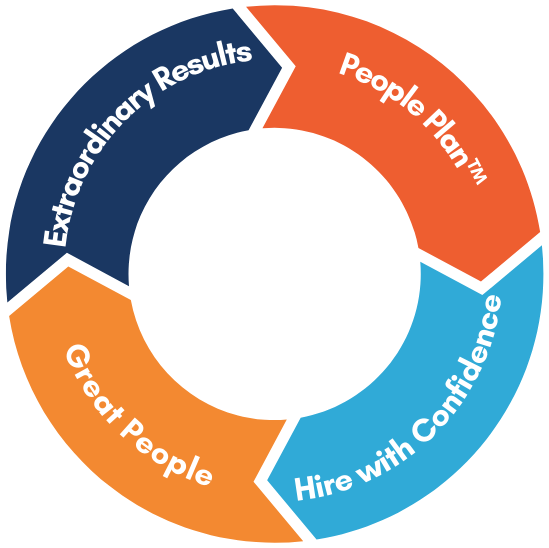
You can’t build a great business without great people. Great people drive extraordinary results.
Alec Broadfoot
CEO, VisionSpark
Not quite ready to chat but know you need a People Plan ? We’ve got just the right resource to help you get started! Jump in, and if you need any guidance along the way, we’re only a message away.
How to Build a People Plan
To build an effective people plan, there are 7 key steps that every business should follow. Below, we’ll break down these essential components to help you create a winning strategy for your team.

1. Vision
A clear vision is the foundation of any successful people plan. This vision should encompass your business’s goals for profit, revenue, and revenue per headcount, as well as the intended structure of your workforce (e.g., hybrid vs. remote work, and whether you plan to operate locally or nationally).
A well-defined vision acts as a roadmap for hiring. It helps you determine the roles and skills required to meet your long-term business objectives. Additionally, it outlines the timing for when you need to hire these roles to keep the company on track.
2. Leadership Team
Next, evaluate your leadership team using the F.A.S.T assessment. You can take the F.A.S.T Assessment for FREE – Here
Your leadership team is crucial to driving the company toward its long-term goals. The FAST assessment checks if your leadership is:

- Future-proof: Can they anticipate and prepare for future changes in the market or industry?
- Action-oriented: Are they proactive in driving results, or do they hesitate when opportunities arise?
- Scalable: Can they handle the challenges of growth without creating bottlenecks?
- Transformational: Are they leading through innovation and change, or are they resistant to new ideas?
Evaluating your leadership team ensures that you have the right people in place to take the business where it needs to go, helping you identify areas where coaching, development, or replacement might be necessary.
3. Organizational Chart (Sometimes called accountability chart)
An Accountability Chart clearly defines the roles and functions needed to support your business’s future vision. This step involves mapping out all the departments and seats that will exist within the organization over the next 3, 5, or 10 years.
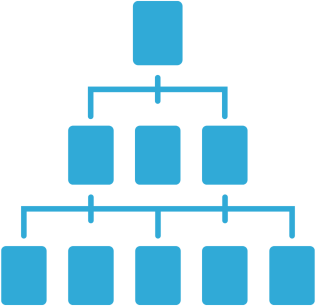
You’ll need to:
- Chart what the company looks like in its future state.
- Define what roles are necessary to support that vision.
- Determine how many employees you’ll need in each department.
An accountability chart clarifies who is responsible for what and ensures that every role is aligned with the company’s strategic goals. For the People Plan™️ we recommend that you design the full accountability/organizational chart for your “big” vision. Not just what’s in front of you over the next 6-12 months. The more you can detail what it looks like in the future, the better you can build a People Plan that is strong enough to get you there.
4. Hiring Sequence
Your hiring sequence determines the order in which you need to hire talent to meet your growth goals. Often, hiring begins from the inside out, starting with:
Your #2 Leader Your leadership team Middle management Front-line team members
In some cases, however, rapid growth can create bottlenecks at the front-line level, which may need to be addressed first. The key is to prioritize your most urgent and important hires to keep the company moving forward smoothly. Sometimes, the front-line or middle-management hire happens first before you evaluate your Leadership team. It’s about being intentional.
Your F.A.S.T Assessment results are critical in developing this section of the People Plan. The only way you’ll reach your vision is when you have a team that can take you there. The F.A.S.T assessment helps distill what you need from your more critical leaders.
Building your hiring sequence ensures that you hire the right people at the right time, preventing overextension or under-hiring during critical growth periods.
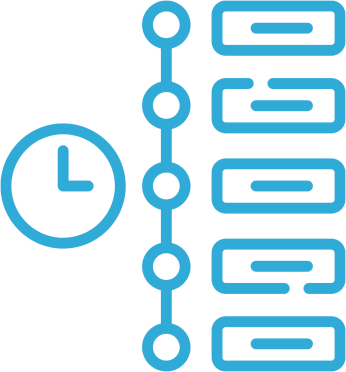
5. Hiring Triggers
Hiring triggers are fiscal or operational milestones that indicate when it’s the right time to bring on new staff. Since hiring increases overhead, it’s essential to balance the company’s growth needs with cash flow and profitability. Key hiring triggers might include:
5. Hiring Triggers
Hiring triggers are fiscal or operational milestones that indicate when it’s the right time to bring on new staff. Since hiring increases overhead, it’s essential to balance the company’s growth needs with cash flow and profitability. Key hiring triggers might include:

- Revenue growth milestones: When revenue grows consistently, it’s a good indicator that the business can sustain more staff.
- Profitability benchmarks: Ensuring you’re hitting profit targets before expanding headcount.
- Operational capacity: If your team is reaching capacity, it’s time to hire to maintain quality and efficiency.
By defining these triggers in advance, you ensure that hiring happens at the right time—not too early, which could strain your cash flow, and not too late, which could leave you scrambling for talent.
6. Culture
As you scale, it’s critical to maintain your company’s culture. Without a strong culture, hiring the right people becomes a challenge. Many candidates could fit the job, but only a few will truly fit your culture.
To safeguard your culture, consider implementing a team health program and using tools like TIP™️ assessments or Team Health Workshops at key intervals to ensure that every new hire aligns with your company values and that the team they join works cohesively.

Scaling without a focus on culture can damage your team’s health, leading to high turnover, poor performance, and a less cohesive team.
7. Hiring with Confidence™️
Hiring great people who drive extraordinary results doesn’t happen by accident; it’s the outcome of a meticulous, science-backed process that goes far beyond traditional job descriptions and standard online postings. Hiring with Confidence means relying on a method that combines data, proven assessments, and decades of experience—not just instinct or guesswork.
Your hiring process should involve:
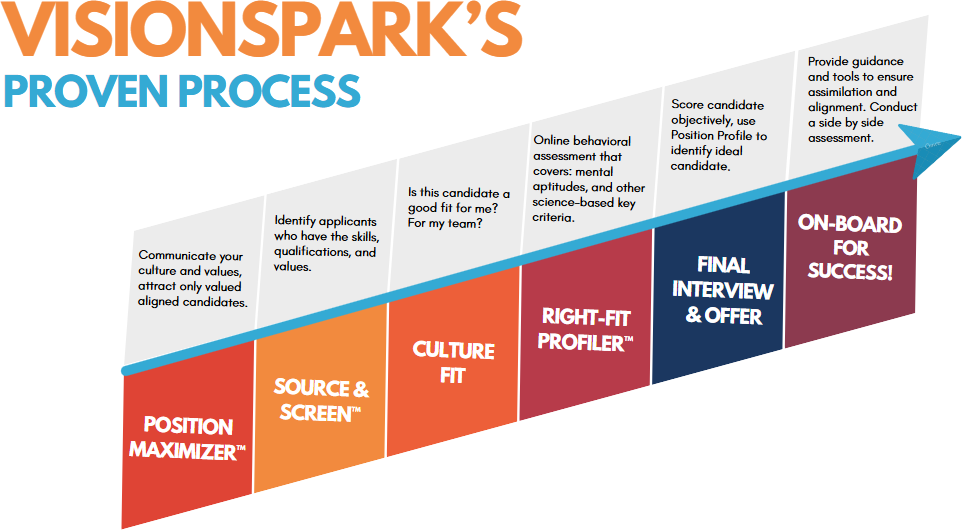
By following these steps—defining a clear vision, assessing leadership fit, creating a precise accountability chart, establishing your hiring priorities, and using reliable hiring triggers—you can hire with confidence, knowing you’re bringing the right talent on board to drive your company forward.
When You Have a People Plan – Results You Can Expect
A well-crafted People Plan isn’t just a hiring tool—it’s a growth accelerator. It gives you the structure and foresight needed to build a business that doesn’t just grow, but thrives. When you take the time to get this right, here’s what you can expect:
Better Hires Who Stay Longer
When you’re clear on who you need and what success in each role looks like, you attract stronger candidates. And when those candidates are aligned with your values and vision, they’re far more likely to stick around. A People Plan helps you build a team of loyal, committed individuals who grow with your company instead of cycling in and out.
A More Cohesive Leadership Team
With a People Plan, your leadership team isn’t guessing. They know the company’s direction, understand what roles are needed next, and can work together to build the right structure. It brings alignment, reduces silos, and fosters better collaboration—because everyone is pulling in the same direction.
Fewer Costly Hiring Mistakes
Guesswork leads to mis-hires—and mis-hires are expensive. They cost you time, money, energy, and team morale. With a People Plan in place, hiring decisions are based on clear criteria, operational needs, and long-term vision—not panic or assumptions. That means fewer wrong turns and more confident, informed choices.
A Clear Path to Scaling Your Business
Every stage of growth brings new demands on your people and processes. A People Plan helps you anticipate those changes and prepare for them in advance. You’ll know which roles to add, when to add them, and how to onboard people in a way that keeps your momentum going. It’s like having a GPS for your business growth.
Greater Peace of Mind for You as the Entrepreneur
Let’s face it—entrepreneurship can be stressful. But when you know who you’re hiring, why you’re hiring them, and how they fit into your long-term plan, that stress fades. You stop playing defense and start leading from a place of clarity and control. You’ll sleep better at night knowing your team is aligned, capable, and ready for what’s next.
Final Thought: You Can’t Scale Alone
Every visionary entrepreneur needs a high-performing team. And every high-performing team starts with a well-crafted People Plan.
If you’re ready to scale your business with clarity and confidence, VisionSpark can help you build a People Plan that’s tailored to your growth goals, values, and leadership team.
Ready to take the next step?
Explore our People Planning tools and assessments or schedule a consultation with one of our expert advisors today.

